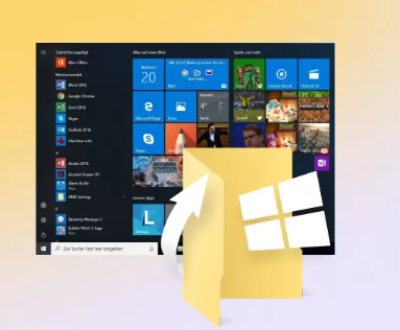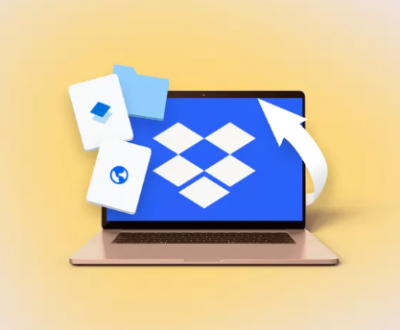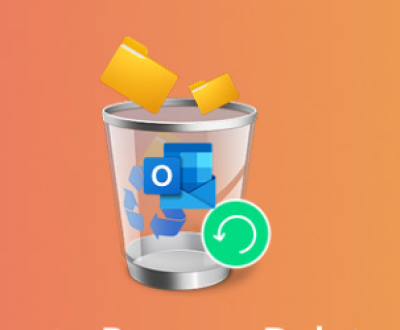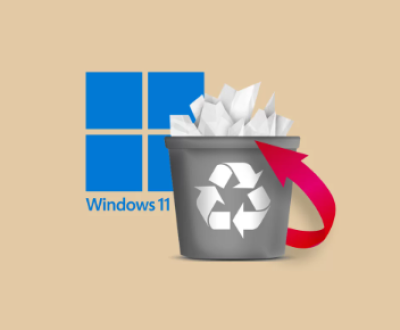When you’re dealing with a USB drive that’s write-protected, it can be frustrating and confusing. Write protection is a feature used to prevent accidental deletion or modification of the data stored on the device. However, this feature can sometimes get stuck or activated when you least expect it. Whether you’re trying to format your USB drive to free up space or remove a virus, a write-protected USB drive can present a significant barrier.
What Does “Write-Protection” Mean?
Write protection refers to a feature that prevents any modifications to the data on a storage device. This means no files can be added, deleted, or altered. The write protection may be physically present in some USB drives through a small switch that can be flipped, while other times it’s a software-level restriction. Write protection can sometimes occur due to issues such as corruption, malware, or improper ejection of the USB drive. It can be particularly troublesome if you’re trying to format or clean up the drive.

Reasons for Write Protection:
There are several reasons why a USB drive might become write-protected. Here are some of the most common ones:
Physical Write Protection Switch: Some USB drives come with a physical switch that allows you to toggle write protection on or off. If this switch is set to “lock,” you won’t be able to modify or delete files on the drive.
Registry Settings: The write protection could be a result of a registry entry in your system. Some drives may become write-protected after being used with certain applications or due to system errors.
File System Corruption: Corrupted files or a damaged file system can cause write protection to kick in automatically. This is typically a protective measure to prevent further data loss or damage.
Malware or Virus: Certain types of malware or viruses can lock down your USB drive to prevent their deletion or modification. In such cases, write protection is often applied as part of the malicious code’s self-preservation mechanisms.
Defective USB Drive: The drive may have a hardware malfunction or a defect that causes it to enter a write-protected mode as a safeguard.
How to Check for Physical Write Protection
Before diving into software-based solutions, it’s worth checking if your USB drive has a physical write-protection switch. Some drives, particularly those used for professional or industrial purposes, have a small mechanical switch on the side or bottom. If you find one, make sure it’s in the “unlocked” or “write-enabled” position.
Method 1: Remove Write Protection Using Windows Registry Editor
One of the most common ways to disable write protection on a USB drive is by modifying the Windows registry. However, be very cautious when working with the registry, as incorrect modifications can cause serious issues with your system.
Step-by-Step Instructions:
Press Win + R to open the Run dialog.
Type regedit and press Enter to open the Registry Editor.
In the Registry Editor, navigate to the following key:
mathematica
HKEY_LOCAL_MACHINE\SYSTEM\CurrentControlSet\Control\StorageDevicePolicies
Look for a key called WriteProtect. If it exists, double-click on it.
Change the value to 0 (zero) to disable write protection.
If the key does not exist, right-click on the StorageDevicePolicies folder, select New > DWORD (32-bit) Value, and name it WriteProtect.
Set the value to 0.
Close the Registry Editor and restart your computer.
Once you’ve restarted your system, attempt to format the USB drive again. If the write protection was caused by the registry setting, this method should solve the problem.
Method 2: Using Diskpart to Remove Write Protection
Windows provides a powerful command-line tool called Diskpart that can help you remove write protection and format the USB drive.
Step-by-Step Instructions:
Press Win + R to open the Run dialog.
Type cmd and press Ctrl + Shift + Enter to run Command Prompt as Administrator.
In the Command Prompt window, type the following command to start the Diskpart tool:
diskpart
Type the command list disk to display a list of all connected disks.
Identify your USB drive by its size, and then type the following command to select the drive:
bash
select disk X
(Replace X with the actual disk number of your USB drive.)
To remove the write protection, type the following command:
arduino
attributes disk clear readonly
You should see a message indicating that the read-only attribute was cleared successfully.
Type exit to close Diskpart.
Now that the write protection has been removed, you should be able to format your USB drive.
Method 3: Using Disk Management Tool
The Disk Management Tool in Windows can also help you format a write-protected USB drive, provided that the write protection is not caused by an underlying issue like corruption.
Step-by-Step Instructions:
Press Win + X and select Disk Management from the list.
Locate your USB drive in the list of drives. It will typically show as “Removable” or with a label such as “Disk X.”
Right-click on the USB drive partition and select Format.
Choose the file system you want to use (e.g., FAT32 or NTFS) and uncheck the option for “Quick Format” if you’d like to perform a thorough format.
Click OK to confirm the formatting.
If the write protection was due to minor corruption or an error, this method should allow you to format the drive successfully.
Method 4: Using Third-Party Software
If the previous methods haven’t worked, you may want to use third-party software designed specifically to fix write protection issues. There are many tools available online that can help manage USB drive write protection and other storage-related problems.
Some popular third-party tools include:
HP USB Disk Storage Format Tool: This tool can bypass many write protection issues and format your USB drive.
EaseUS Partition Master: A disk partitioning tool that offers advanced options for managing drives and solving write protection problems.
SD Formatter: Primarily used for SD cards, this tool can sometimes help with USB drives as well.
Method 5: Check for Malware or Virus
Malware or viruses can cause your USB drive to become write-protected to prevent you from deleting malicious files. To rule this out, you should scan your USB drive for malware.
Step-by-Step Instructions:
Insert your USB drive into the computer.
Use an antivirus program to perform a full scan of the USB drive.
If any malicious software is found, remove it and restart your computer.
Try to format the drive again after cleaning it.
Method 6: Using the Disk Cleanup Tool
If the USB drive has become slow and write-protected due to unnecessary files or system clutter, you can try using the Disk Cleanup Tool to clean up the drive before formatting.
Step-by-Step Instructions:
Open the Start Menu, type Disk Cleanup, and press Enter.
Select the USB drive from the list of available drives.
Choose the file types to delete (temporary files, system files, etc.).
Click OK to clean the drive.
Once the drive has been cleaned, attempt to format it again.
Method 7: Check for Hardware Failure
If none of the software solutions work, the write protection issue may be caused by a hardware defect. In such cases, the USB drive may need to be replaced. You can try using the drive on a different computer to see if the issue persists.
A USB drive that is stuck in write-protected mode can be a significant inconvenience, especially when you need to format or delete files. Fortunately, there are multiple ways to address this issue, from simple software solutions like using Diskpart or the Registry Editor, to more advanced methods such as using third-party tools or checking for malware. Always ensure that you’ve backed up your data before attempting to format your drive, and if all else fails, the issue may be hardware-related, in which case you may need to replace the drive.
About us and this blog
Panda Assistant is built on the latest data recovery algorithms, ensuring that no file is too damaged, too lost, or too corrupted to be recovered.
Request a free quote
We believe that data recovery shouldn’t be a daunting task. That’s why we’ve designed Panda Assistant to be as easy to use as it is powerful. With a few clicks, you can initiate a scan, preview recoverable files, and restore your data all within a matter of minutes.

 Try lt Free
Try lt Free Recovery success rate of up to
Recovery success rate of up to









